Effective Treatments For Leg Cramps
Almost everyone will experience a leg cramp at least once in their life, and typically a leg cramp will go away without treatment when it is an isolated occurrence. However, some individuals can find themselves with leg cramps on a semi-regular or even frequent basis. This is when treating leg cramps becomes essential, since the pain can be detrimental. Leg pain can put a big damper on an individual’s productivity and may even affect their sleep schedule. If cramping is keeping someone up at night or immobilizing them throughout the day, treatment is crucial. Thankfully, here is a compilation of common and effective treatments for leg cramps that will help all patients get back to their lives, without pain.
Massage The Leg
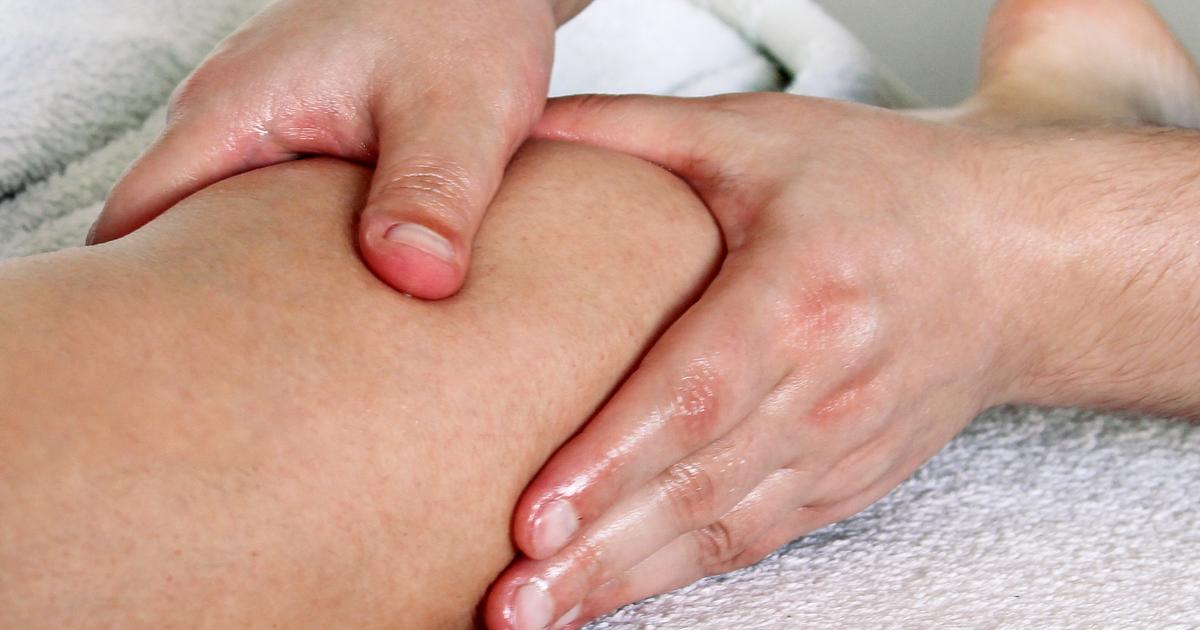
By rubbing the part of the aching leg, individuals can get quite a lot of relief. It encourages blood flow to the sore area, which will help relieve tension. When the muscle originally spasms, blood gets pushed away from it, so a gentle massage is good for manipulating the area to function normally again. Apply pressure as needed, but do not massage too hard as this may cause further pain or damage. Go with what feels comfortable and with what seems to bring the most relief. Some individuals say massaging with their hands works well enough, but other also claim using a small and spiky massage ball is even better at working out leg cramps and relieving pain.
Keep reading for more on how to treat leg cramps effectively.
Stretch The Muscles

Stretching the legs works in a couple of ways when it comes to dealing with leg cramps. Light stretches can actually provide quite a bit of almost instant pain relief, but in addition to this, regular stretching can also help prevent leg cramps from occurring in the first place. Stretching is another way to increase blood flow to the leg and get the muscles back to normal. There is a variety of stretches individuals can incorporate into their daily routine, and most will only take just minutes. If in doubt, patients can ask their doctor which stretches would work the best and get their advice on how to do them correctly to ensure further injuries are avoided.
Continue for more on effective treatments for leg cramps now.
Apply Some Heat
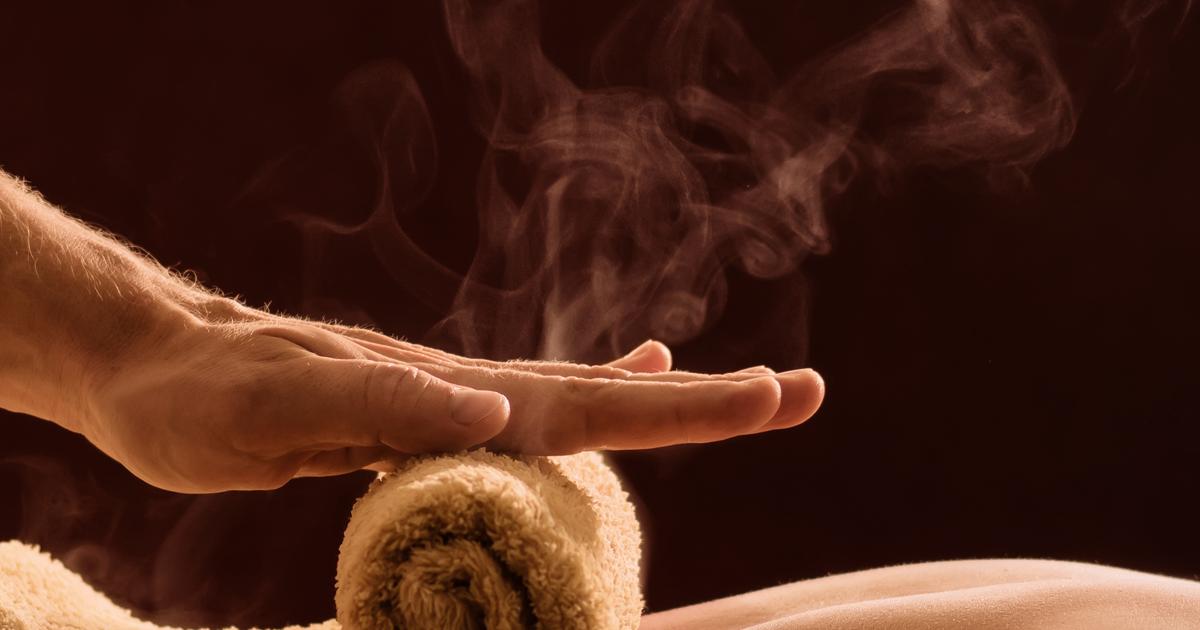
Patients can gain quick relief from the pain leg cramps cause by applying a little heat, typically as a warm or hot compress, to the affected area. The heat soothes the cramped muscles and relaxes them, thus relieving the pain the tense, cramped muscles cause. Heat is yet another way to increase blood circulation, which is incredibly helpful when it comes to getting muscles feeling normal again. Individuals who try this method should just be careful when applying heat, as too high temperatures can burn or otherwise harm skin. Try a warm towel or heating pad. Do what feels best and stop treatment if the leg cramps get worse.
Get to know the next major treatment for relieving leg cramps now.
Drink More Water

One of the common causes of muscle spasms, including leg cramps, is dehydration. Many athletes or even recreational runners experience leg cramps because they are more active than the average individual, and thus need to drink more water to replace what they lose through their sweat. However, many seem to forget to compensate for this, particularly if they are just starting out. Drinking water helps the body run smoother and prevent muscles from contracting involuntarily. When experiencing leg cramps, if dehydration is suspected, it’s important to start drinking water. Drink a lot, but do not drink too quickly or there can be other side effects.
The best way to deal with leg cramps when dehydration is the issue is to drink water regularly throughout the day. The standard most individuals should begin with is eight glasses a day, though remember it’s important to drink more when sweating a great deal.
Unveil more treatments for leg cramps now.
Get More Exercise
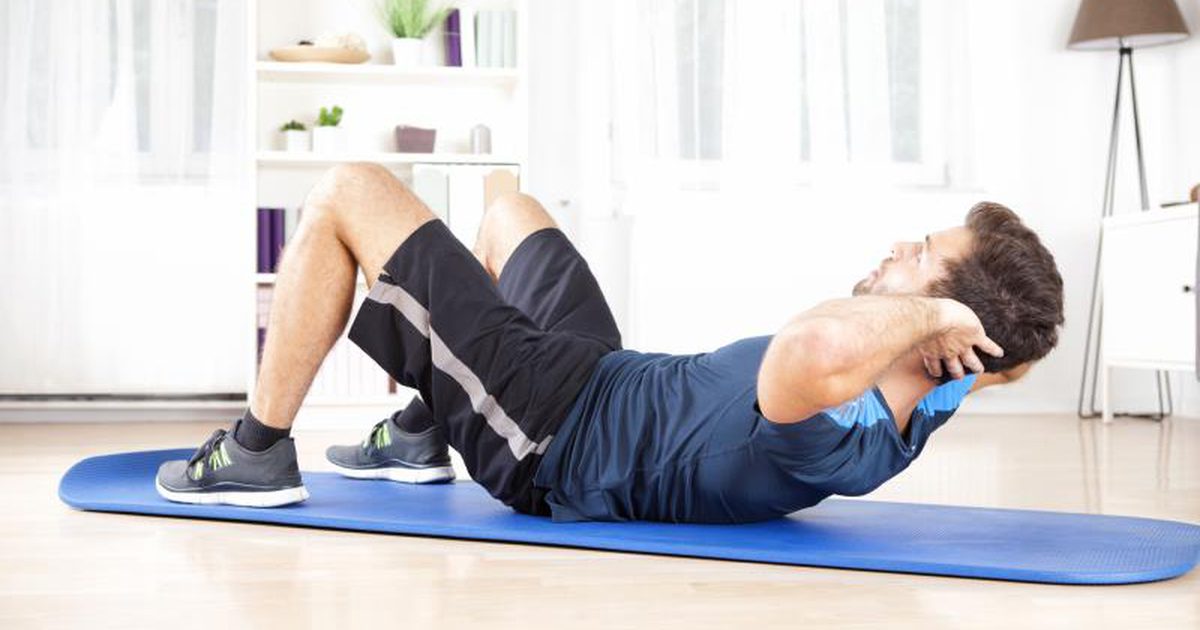
Exercise keeps every muscle and organ in the body running efficiently, lessening the chance a leg cramp or other kind of muscle spasm will occur in the first place. Weak muscles are more likely to have issues than strong muscles, so building strength will only do the body good. Patients should just avoid doing too much, too fast, lest they aggravate their legs or other muscles. Instead, individuals should keep the exercises simple, then work their way up to something more challenging. It is also beneficial to combine exercise with foam rolling the legs and stretching the legs both before as well as after each exercise session, since not only do all of these help with leg cramps, but they will also lessen the chances of other injuries.
Keep reading now to learn more about how to treat leg cramps effectively.
Increase Magnesium And Potassium Intake

As previously mentioned, one of the common causes of leg cramps is dehydration, which is why drinking more water can be quite effective at alleviating the cramps. Of course, this is not the only deficiency that can cause leg cramps. In fact, most leg cramps are the result of electrolyte imbalances in the body, including deficiencies in either magnesium or potassium. The latter is lost through sweat, which can cause issues if an individual is dehydrated. Thankfully, the method of treating this is simple. Patients can simply increase their magnesium and potassium intake as needed. Much of this can be done through dietary choices, such as bananas, leafy greens, and nuts, though some patients may wish to consider taking magnesium or potassium supplements. It is best to consult with a doctor for advice on this.
Uncover the next method of treating leg cramps now.
Wear Compression Socks
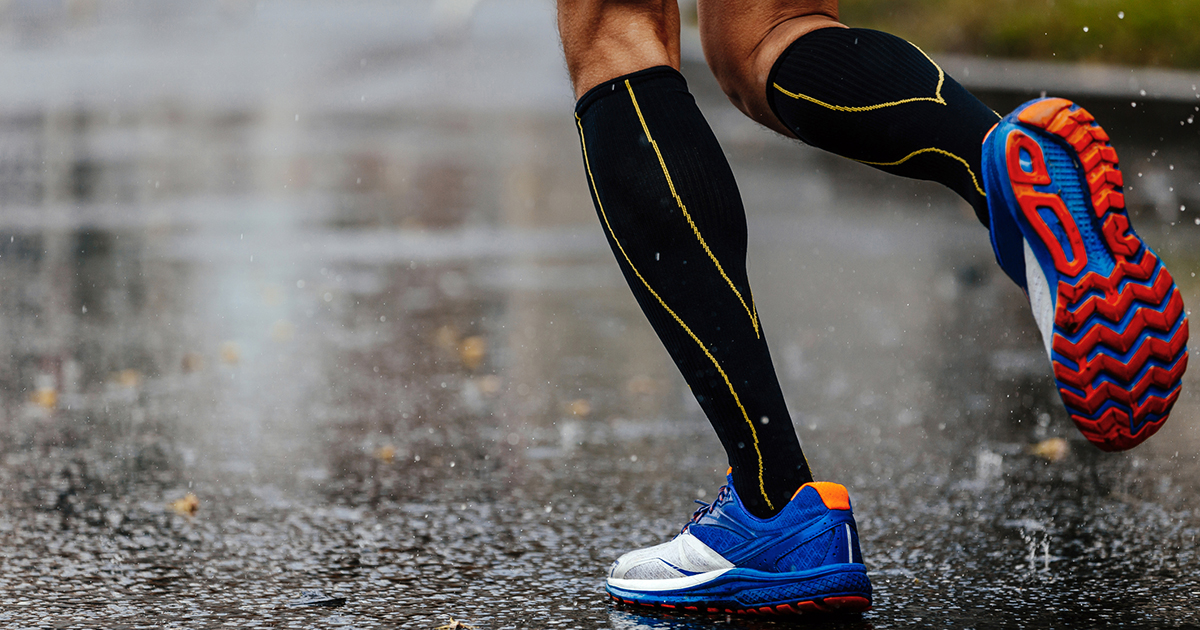
Compression socks are wonderful at alleviating the pain associated with leg cramps for many reasons. An increasingly popular cause of leg cramps is compromised blood circulation in the legs, which compression socks help increase. Other causes of leg cramps that compression socks can help patients deal with include diabetes as well as pregnancy. Compression socks can even help leg cramps that commonly occur during long flights, which is particularly helpful, especially since it may not be feasible to constantly walk up and down the aisles of the airplane.
Reveal more ways of treating leg cramps by continuing to read now.
Maintain A Healthy Weight
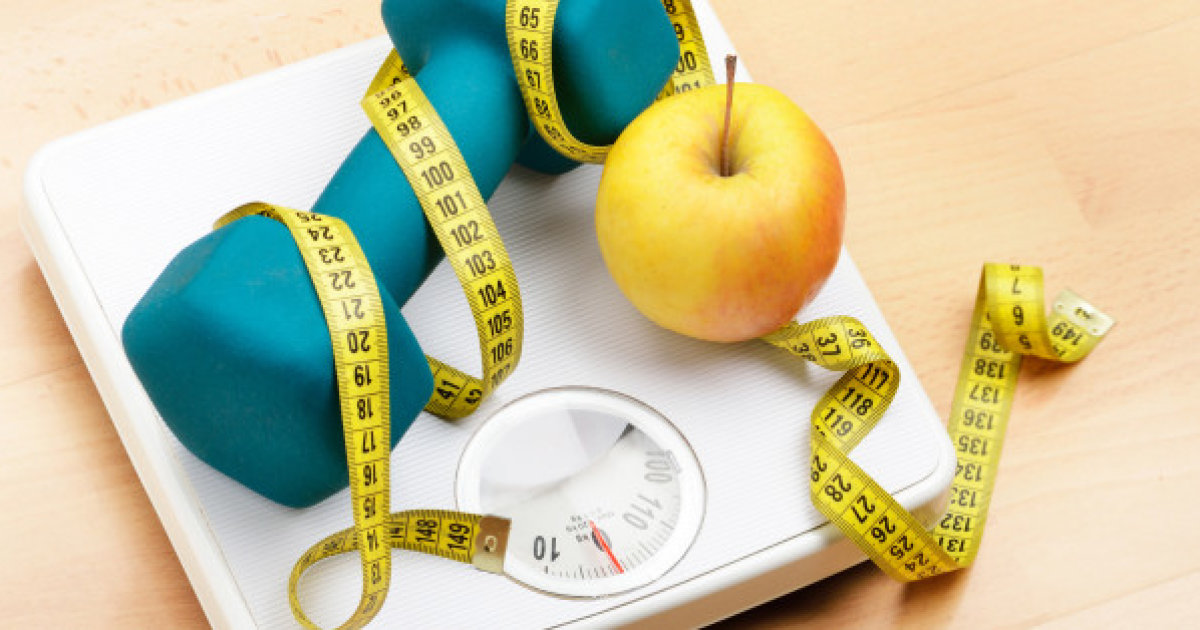
One of the risk factors for suffering from leg cramps, especially frequent leg cramps, is higher body weight. This is a big reason why it is very helpful to maintain a healthy weight to help alleviate the pain and frequency of leg cramps. The best way to do this is to work with a combination of healthy, balanced eating as well as getting sufficient exercise. Exercise, as mentioned, is also a good way to treat leg cramps. Of course, it is crucial to note eating immediately before exercising, particularly anything heavy, can result in other muscle cramps. It is best to only eat something light before exercising and give the body time to start digesting the food before beginning the warm-up. Thus, while dealing with leg cramps, other muscle cramps are less likely to occur.
Continue reading to learn about more treatments for leg cramps now.
Look At Medication Being Taken
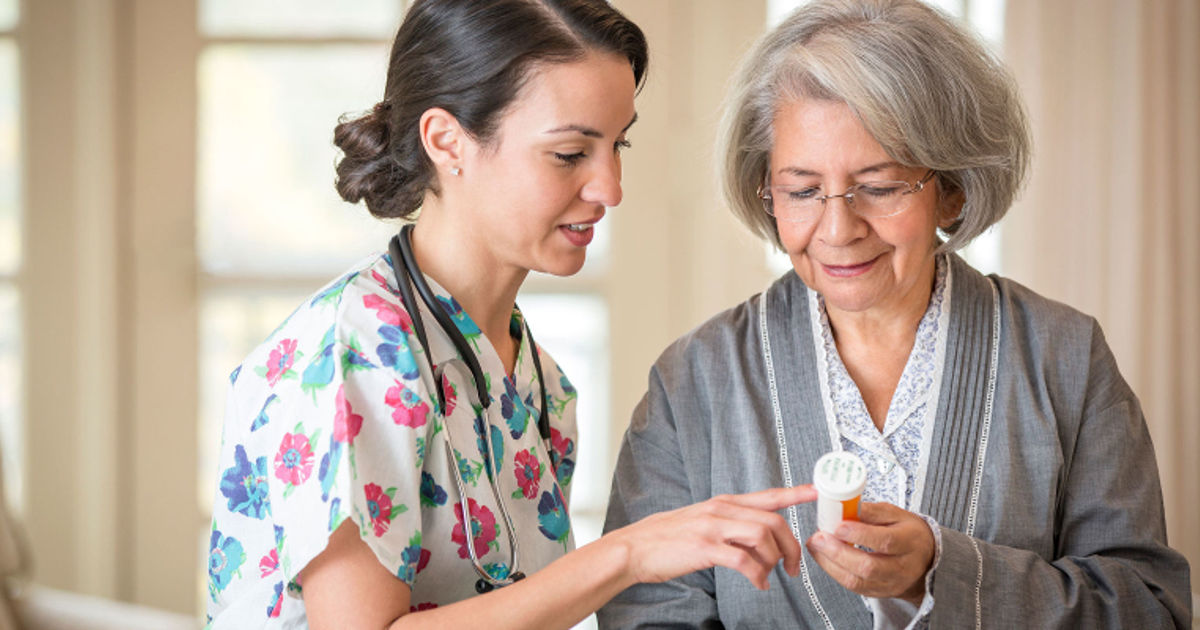
Medication, as everyone knows, comes with potential side effects. For some medications, such as diuretics, statin medications for cholesterol, asthma medications, as well as some medications used to treat conditions such as Alzheimer’s disease and Parkinson’s disease, one of the potential side effects are leg cramps or other muscle cramps. If patients are taking medications and they are suffering from leg cramps, they should consult with their doctor to determine if their medication is the cause. If it is, they can work with their doctor to see if there is an alternative medication they can try that will not cause leg cramps. Otherwise, they will need to look at other treatments to help manage symptoms, especially if the medications are necessary for them to take.
Reveal the next treatment option for leg cramps now.
Take An Epsom Salt Bath
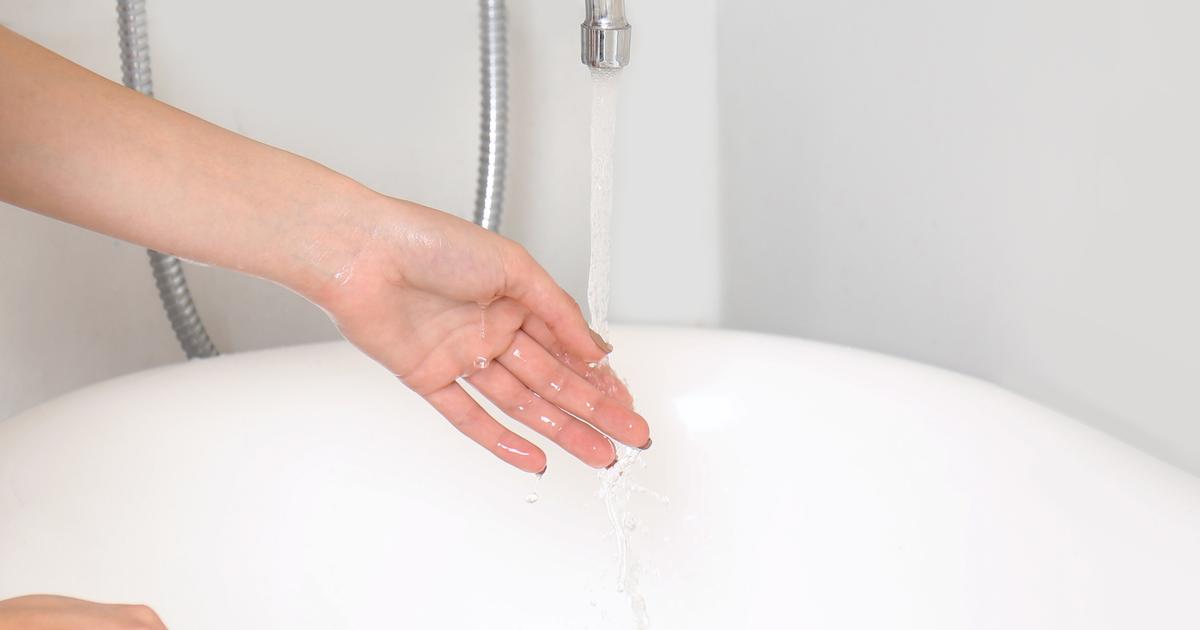
Taking an Epsom salt bath helps relieve leg cramps in a couple of ways. First, a warm bath in itself can help release tension built in the muscles thanks to the heat of the water. But perhaps the most effective part of this particular remedy for leg cramps is the fact Epsom salt contains magnesium. And, as previously discussed, a lack of magnesium in the body can result in leg cramps. Thankfully, when Epsom salts are dissolved in a warm bath, the individual soaking in the water will also soak in the Epsom salts and their magnesium content. This releases more tension from the aching muscles and takes away the pain of leg cramps.
Uncover more strategies for treating leg cramps now.
Take Vitamin B12 Supplements
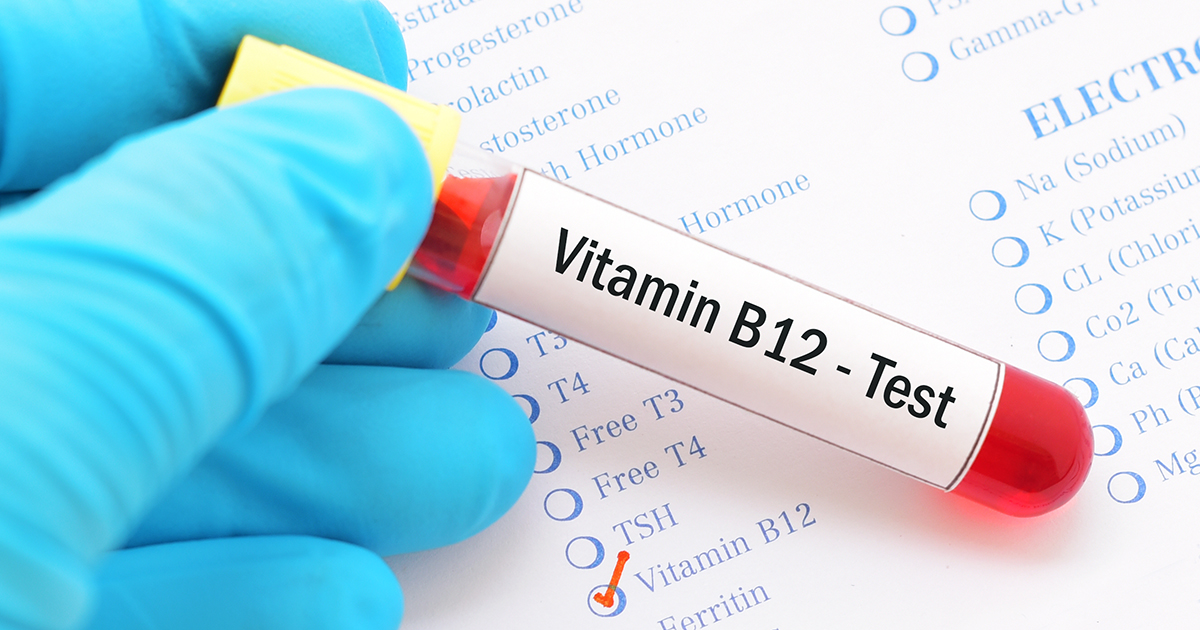
Vitamin B12 is one of the nutrients responsible for protecting the health of the brain and nervous system. It also helps create DNA, which is the unique genetic material located in every type of cell. Vitamin B12 can prevent megaloblastic anemia, a medical condition that leads to tiredness and weakness. Severe vitamin B12 deficiencies can have serious neurological effects and even be life-threatening. One of the symptoms of B12 deficiency is nerve problems in the hands, feet, legs, and arms. These can present as unusual tingling, numbness, or weakness, but they can also take the form of extremely painful leg cramps. If the deficiency continues, the nerve problems can get progressively worse. To avoid a deficiency, it helps to take vitamin B12 supplements.
Learn more about how to treat leg cramps effectively now.
Rest The Leg

When individuals experience leg cramps caused by overusing the muscle and strenuous activity, they should rest their leg. Athletes often experience cramps after they've been training or playing for a long time. These cramps may be a sign of muscle exhaustion. Individuals are more likely to get activity-related leg cramps if they do an intense workout after a long period with little to no physical activity. When someone gets a cramp in the middle of working out, it's a sign their muscles need to rest. Thus, they should take a break and let their leg rest. If possible, individuals should introduce exercise gradually to reduce their chances of cramping and injury.
Get more information on ways leg cramps can be treated now.
Try Low Impact Exercises

Low impact exercises are types of exercise that involve one foot on the ground at all times. Since individuals aren't jumping or leaping, they don't experience the jarring impact from hitting the ground with all their weight. High impact exercises can cause muscle aches and may increase an individual's likelihood of developing muscle and leg cramps. Some low impact exercises are hiking, walking, and using an elliptical machine. Exercises with no impact include swimming and biking, which don't require individuals to bear their own weight in their legs. There are some stretches individuals can do for their calf muscles prior to exercise as well. They should try sitting with their feet straight in front of them and wrap a towel around their feet, before pulling their toes toward them until they feel a stretch through their calves.
Uncover additional options for treating leg cramps now.
Get Evaluated for Underlying Conditions

If their leg cramps occur on a regular basis and don't appear connected to dehydration, excess physical activity, or too-long periods of rest, patients might need to get evaluated for an underlying condition. There are many conditions that can cause leg cramps. Some are mild, while others are more serious and possibly even life-threatening. Addison's disease, liver cirrhosis, alcohol abuse, hypothyroidism, type 2 diabetes, lead poisoning, vascular disease, sarcoidosis, Parkinson's disease, and peripheral artery disease have all been linked to leg cramps. Pregnancy also commonly causes leg and other muscle cramps. Some leg cramps might also be caused by gait issues due to naturally flat feet. They may occur as a side effect of cancer treatment, certain oral birth controls, or medications including teriparatide, raloxifene, naproxen, conjugated estrogens, and IV iron sucrose.
